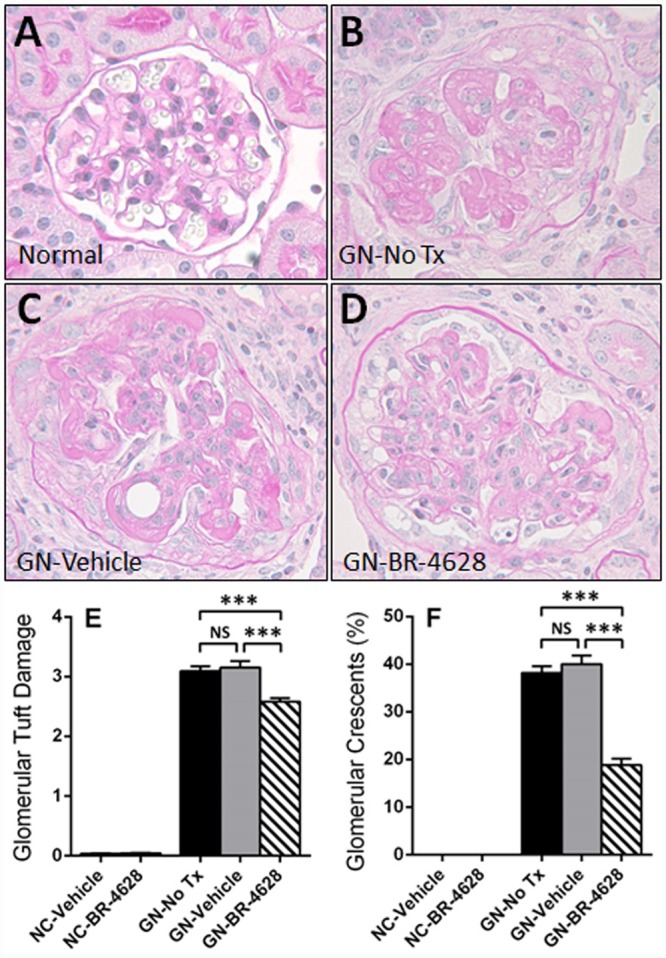Fig 2. BR-4628 reduces glomerular lesions in anti-GBM glomerulonephritis.

Histological staining with PAS and hematoxylin shows the kidney structure of (A) a normal mouse. In comparison, there is severe damage to glomeruli (capillary thrombosis, glomerulosclerosis, crescent formation) at day 15 of glomerulonephritis in (B) a mouse receiving no treatment and (C) a mouse receiving vehicle, which is attenuated in (D) a mouse treated with BR-4628. Graphs show (E) the severity score of glomerular tuft damage (0–4+) and (F) the percentage of glomeruli with crescents in kidneys from normal control (NC) mice and mice with glomerulonephritis (GN) receiving no treatment (No Tx), vehicle or BR-4628. Magnification: (A-D) x400. Graph Data = mean ± SEM; n = 8. *p<0.05, ***p<0.001, NS = not significant.
